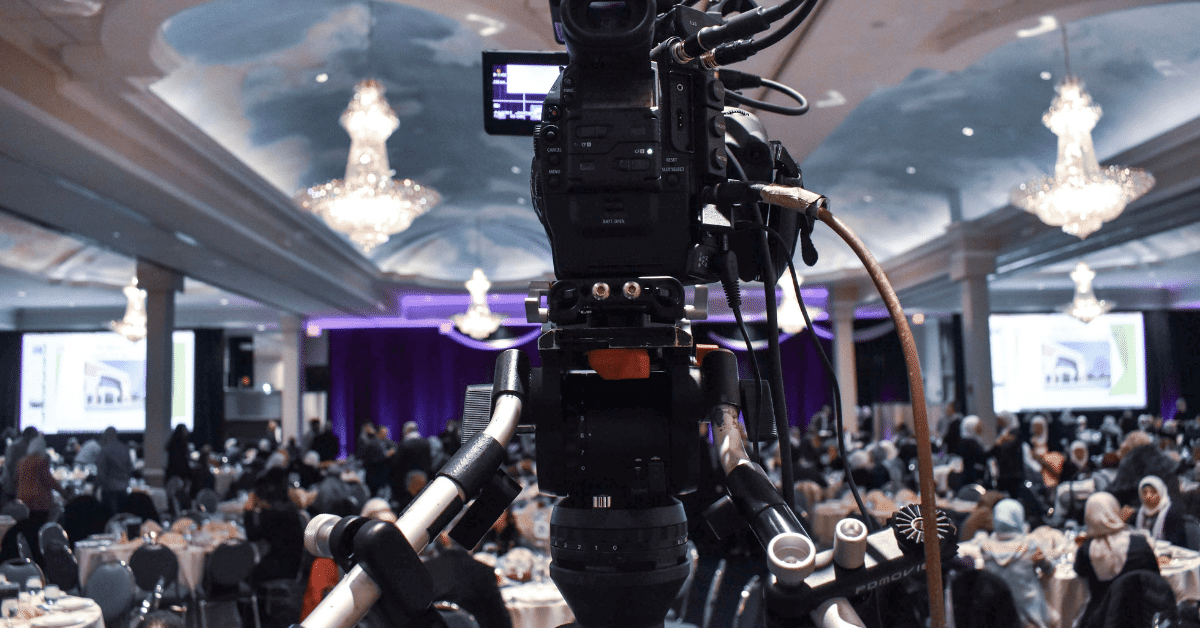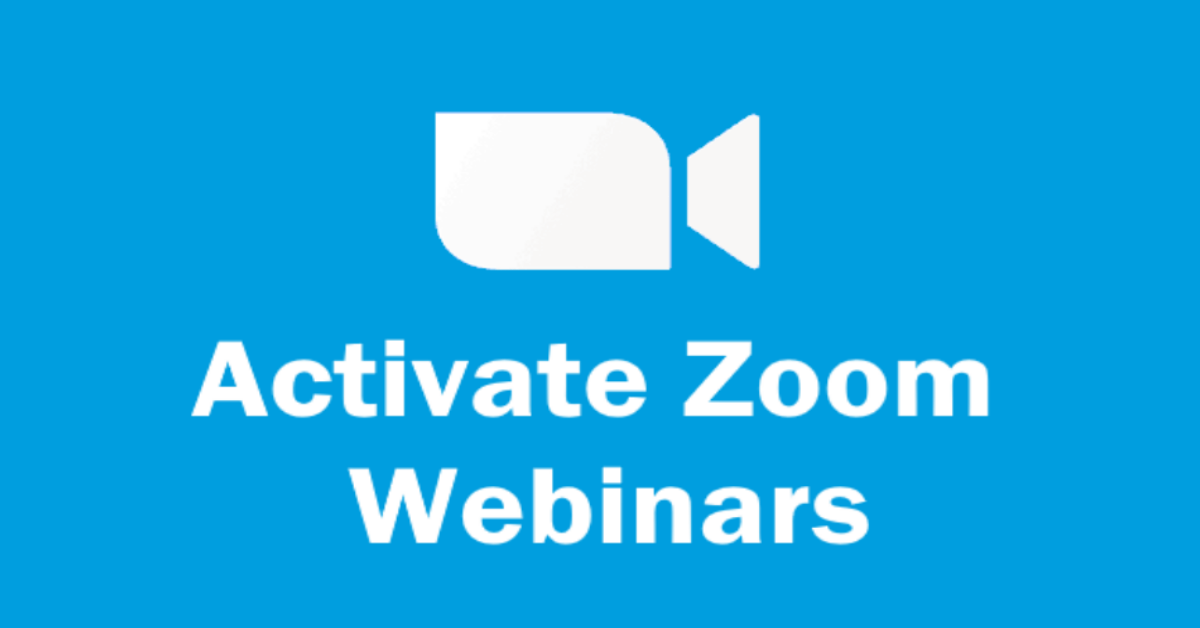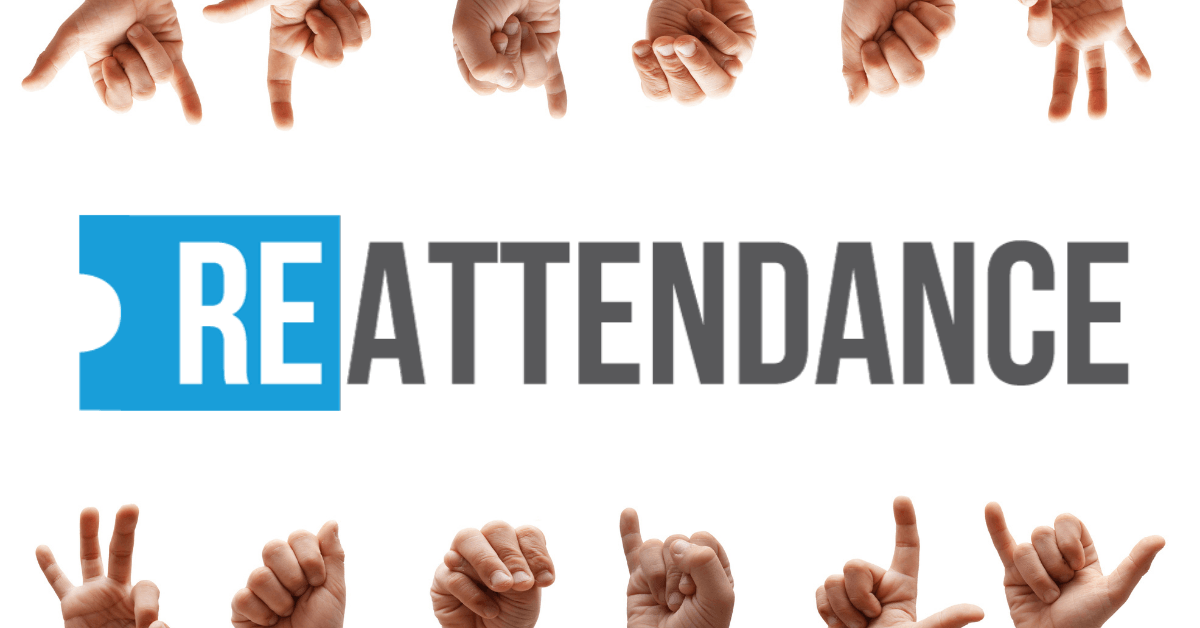
Accessibility is one of the most overlooked aspects when organising an online event, when the irony is that it’s one of the simplest features to implement into your online and hybrid events...
But what do we mean by accessibility?
Accessibility can relate to a huge spectrum of potential obstacles that are preventing individuals from enjoying your content. An accessibility boundary could apply to someone who is: visually impaired, hearing impaired or has a form of learning disability. Accessibility isn’t necessarily always related to a medical condition as it can also apply to people who aren’t fluent in the event’s native language.
And here’s the true issue: By not focusing on making your online events more accessible, event organisers are barring a significant number of their audience from enjoying and engaging with their content.
Let’s start by taking a look at the potential number of individuals who are being locked out of a huge number of online events because of a lack of focus on accessibility by event hosts.
What Percentage of Attendees Require Accessibility Options?
Let’s take a look at some statistics from the USA to get a sense of the proportion of the population that require some level of accessibility for an online event.
- Deaf / Hard of Hearing: 20% of the population or 48 million Americans
- Blind: More than 1 million people in the states are legally blind
- Learning Disability: It is estimated that over 40 million people have a learning disability in America
- English Language Learners: More than 5 million people in the US are currently learning English
When added together, the theoretical number of your audience that require accessibility features is extremely high. In fact, the Center for Disease Control and Prevention estimates that around 61 million adults in America have a disability. That number doesn’t even include the number of people who are also restricted from events by their fluency in English. By not appropriately curating your content with some form of accessibility features, you are cutting off a huge section of your potential audience.
And these statistics don’t include a huge array of other potential disabilities which would make that audience even more significant.
The Importance of Accessibility In Online Events
We believe that more accessibility is a good thing by itself, we don’t imagine many reading this would disagree with that.
But of equal importance, as an event organiser, by not being more inclusive with your accessibility features, you are simply isolating a huge audience who are hungry for what you have to offer.
The Online Space Is The Perfect Place For More Accessibility

The even more concerning factor is that these accessibility features are very easy to implement in an online space and instantly give millions of people the opportunity to enjoy the amazing content and ideas that you have to share.
The online space not only allows you to implement accessibility features quickly because of the sheer number of options when it comes to software, but the online space allows for any individual to enjoy your content from their own space. The decrease in anxiety and pressure that comes with watching an event online makes it the perfect place for someone who isn’t confident to engage themselves with your event. They are in control of when they opt in and drop out of your event, all at their own speed.
To show you how easy it is to improve your accessibility features, we’ve included an entire list below that you can implement with very little fuss.
Ideas To Make Your Online Events More Inclusive
Each of these ideas ranges in terms of complexity and the accessibility that they offer to every single aspect of your online event. Hopefully, this list inspires you to come up with even more ideas of how you can better engage and include even more of your audience.
Make your joining instructions clear and simple to understand
Beginning at the very beginning, something as simple as making your instructions for purchasing tickets and signing up with your event can be very helpful for people with learning disabilities or non-native English speakers. Those essential early points of contact, make it much more likely that they will feel confident in taking the first step to signing up to your event.
Providing multiple language options in your marketing
Another amazing way to engage people who are learning English is to write your marketing materials in popular secondary languages in your country. Even if your event is in English, if you are able to provide more language options throughout the event, then be sure to reflect this in your marketing. Arabic and Spanish are major secondary languages in the English speaking world and can tap into a huge audience of potential attendees.
Ask your attendees for any potential accessibility accommodations
Whether you ask in the ticket sign up, or during a follow-up event survey, directly asking your audience if they have any accommodations that you can meet now or at your next event can do wonders when it comes to connecting to your audience more. At its heart, this kind of active engagement simply provides a better service to those attendees and shows that you care.
Avoid flashing lights or triggering visuals in your presentations
Accessibility measures can come in many forms, so always try to bear in mind how your content might potentially affect your audience. For example, make sure your presentations are safe for people with conditions like epilepsy to view and if they’re not, always be sure to have an obvious warning at the start of the presentation.
Make sure your presentations are easy to follow and read

When we say that your presentations and content should be easy to follow, we’re not saying you should make them simpler, although streamlining technical jargon is a great way to involve even more people.
Instead, make sure that any visual aids and slides are easy to follow for people with dyslexia, visual impairments or colour blindness.
Just a few suggestions on how to make your slides more legible are:
- Make sure your fonts are clean and readable. Fonts like Helvetica, Arial, Lucida Sans, Verdana and Tahoma are really easy to read.
- Make sure that text and backgrounds contrast well and won’t blend together for people with colour blindness or visual impairments.
- Remove the word clutter from your slides so that dyslexic or visually impaired attendees can more clearly follow along.
Allow for closed captioning in your presentations (live and replays)
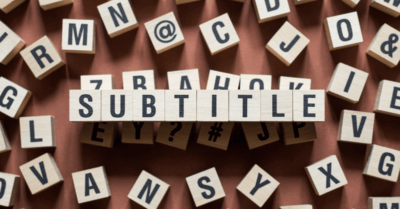
Closed captions have come low down this list, but they are absolutely essential for those with hearing loss to enjoy video content. It is astounding how few videos across the internet actually provide coherent closed captioning, as it’s an amazing way to have your content enjoyed by more people, and also provide a way for search engines like Google to understand what’s going on in your videos if you want them to be discoverable.
Google has a much easier time reading text than understanding what’s happening in a video, so make it easy for Google to tell what’s going on in your content.
Excellent captioning and transcription services for live video include: 1CapApp, The National Captioning Institute, Transcription Star and StreamText.
When it comes to adding captions to a recorded video, the services are near endless, but some very solid platforms are Rev, Amara, Subtitle Horse, or you could always use a free service like YouTube’s automated captioning software and then manually fix any errors.
Hire sign language translators for your content
One step beyond closed captioning is to hire a sign language translator to broadcast along with your presentations. This may prove to be a more expensive option, but depending on your audience, it can be infinitely valuable.
Translate your content into a different language (live or replays)
Whether you want to provide audio translations or simply provide translated subtitles along with your presentations, this can be a great way to expand your closed caption options even further. Most captioning services also provide translation services, but do your due diligence to make sure anyone to hire to complete the work comes highly recommended, as you won’t be able to practically check the quality of their work before broadcast.
Rework your content so it’s more descriptive
If you’re using a lot of visual aids, it might be a good idea to confer with your speakers to make sure that they’re aware of people with visual impairments or reading disabilities in the audience. That way your speakers can still give an amazing talk, while properly painting an image for anyone who is unable to get the benefit of slides or visual examples.
Include more people with disabilities in your events
Our final suggestion is the simplest form of accessibility. Make an active attempt to diversify your panels, speaker lineups and staff members so you have a diverse presence at your event.
Not only is this a great way to gain a greater range of insights and ideas about every accessibility feature you implement, but it also sends a great message to your audience that they are welcome at your event.
There’s nothing more powerful in overcoming the uncertainty of an audience member, than seeing similar people already part of your event.
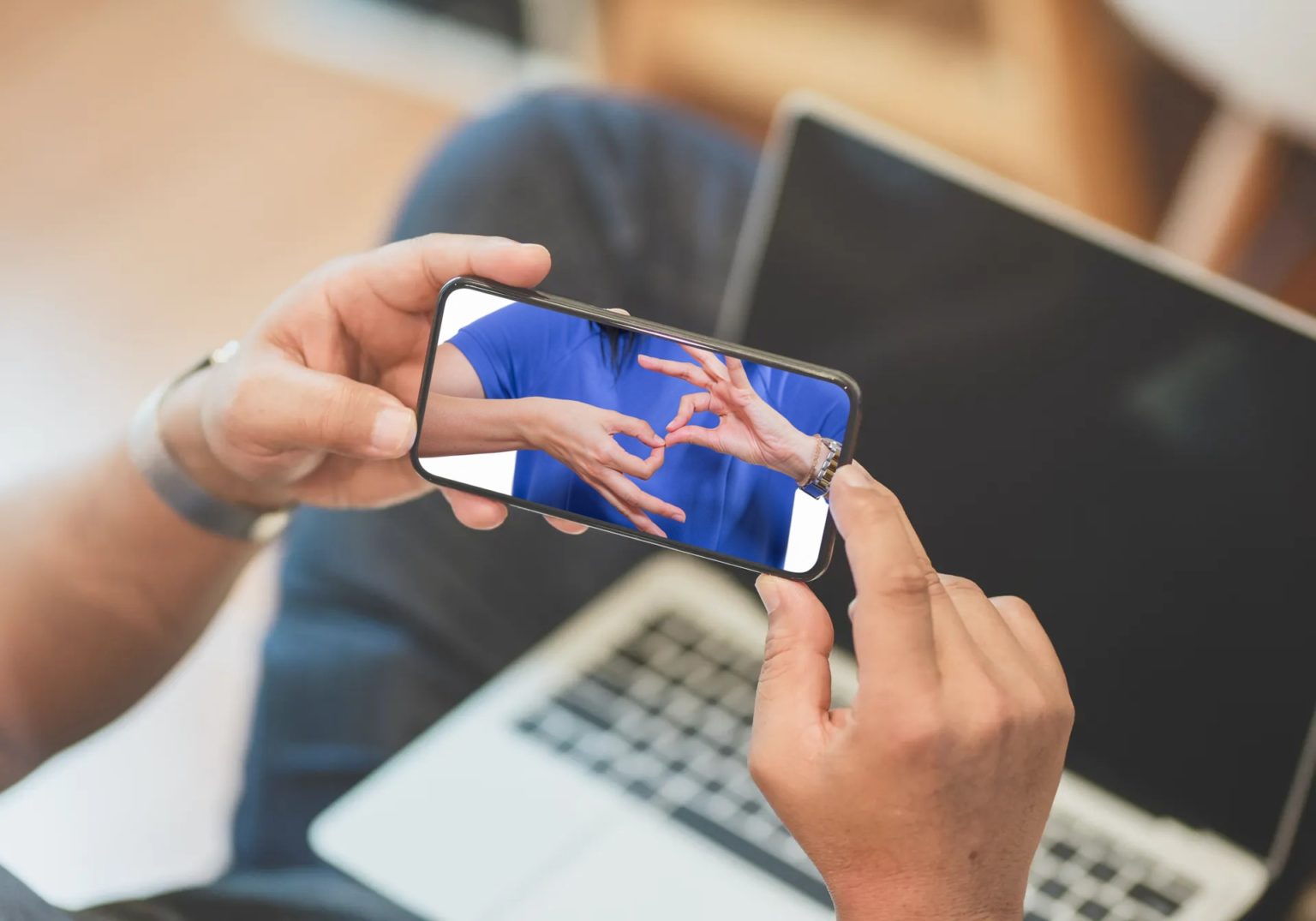
Accessibility Helps Your Online Event On Every Level
We hope that this blog has brought to light not only just how important it is to have more accessibility in your online and hybrid events, but also how easy they are to implement.
Accessibility is a diverse umbrella term for a host of options that you can give your attendees to engage with your content more. Whether you simply decide to add captions to recorded material, hire a translator to make your event multilingual or create accessible slide templates for each of your speakers; the ways that you can include more people is frankly, endless.
The important thing to remember is that the more accessible you make your events and market them as such, the larger your audience can become.
There is a huge audience out there who are just waiting to join events that need to simply do the bare minimum to include them, so be that online event and attract more attendees by giving them the accessibility features that they need to get the most from your event.
ReAttendance Is Designed With Accessibility In Mind
The team at ReAttendance is committed to making our online events platform the simplest to use, from event hosts to attendees.
That’s why we’ve invested so much time in making sure our online and hybrid events platform can incorporate as many accessibility features as you require.
If you want to start reaching even more people with your online event, then don’t hesitate to get in touch with the team and we’d love to discuss your online event to make it more accessible and bring it to the attention of your undiscovered audience who are hungry for an event like yours.



